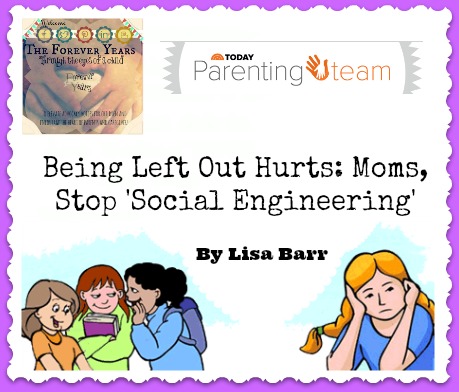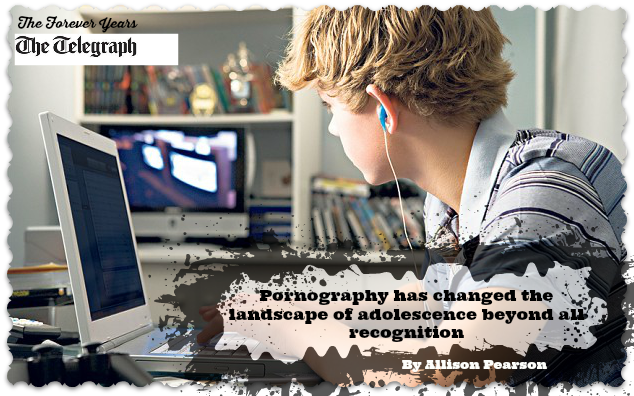I heard a disturbing story recently from a friend, and I can’t seem to get it out of my head. It went something like this … the camp buses were leaving for an overnight camp in the Midwest, and one Mom somehow had access to get on one of the buses before departure. She literally managed to rope off (save) an entire section for eight 11-year-old girls. She stayed on the bus while the “Chosen 8” boarded and sat in their “designated” seats. Another girl, a new camper, got on the bus, who was the same age, and asked if she could join “those” girls. The Mom responded: “I’m sorry, but it’s reserved” and then she got off.
The clique had been formed and there was no room for “intruders.” (I’ll get to that Mom a little later…)
The new girl, let’s call her Sarah, had been given three simultaneous messages: 1. You are not invited. 2. You are not good enough. 3. This is “The Group” — and you are not part of it, so don’t even try.
One of the main reasons I started my blog GIRLilla Warfare ( www.girlillawarfare.com) was because of the overabundance of Middle School war stories that I had been hearing from so many moms. Same story, different players. And I hate to say this, but the root of this particular social evil, is usually (sadly) initiated by a group of Moms. One of our GW writers pointed out in another blog, that those Moms decide who is IN and who is OUT. It is political, and it is what we at GIRLilla Warfare call “Suburban Social Engineering” which ends up causing many children deep, unnecessary pain.
Don’t get me wrong. Many kids choose to be with whom they feel most comfortable, and that’s totally acceptable. It’s the piece in which the Moms not only helicopter but also patrol kids’ potential friendships that I’m focusing on here.
(To read more of this article, please follow the link below…)




